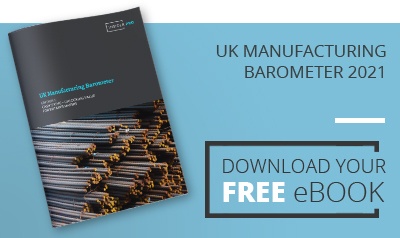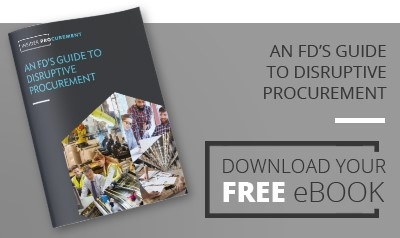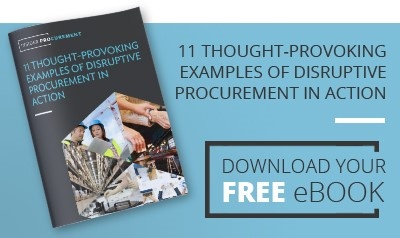Almost every route to higher revenues depends on a reliable and predictable supply chain. When asked about whether their supply chains meet these standards, most company executives answer “no”. Whether you are the CEO, CFO or the Supply Chain Director, knowing that your supply chain weaknesses could suddenly derail this quarter’s numbers, keeps you awake at night! If 2020/21 has taught us anything it is that managing long term risk, sustainability considerations and the financial impact of an inefficient supply chain, can make the difference between enterprise success and failure.
Focus on Enterprise Value
Many businesses spend up to 70% of the value of their revenue with external third-party suppliers. This needs to be managed and optimised to protect and grow enterprise value. We see so many companies that have overlooked the huge benefits they could achieve by re-assessing and re-mapping their supply chain. To take a common story, although lower pricing from China is attractive, if you are growing your sales rapidly, such a long supply chain makes the business less resilient and ties up mountains of working capital which would be better invested in acquiring new customers. If your business model relies on debt funding then reducing the environmental impact of inbound deliveries by repatriating supply closer to home will help you attract the growing legion of ESG-focused investors. So rather than orientating your supply chain around the lowest unit price for a component, the real win may come from a more strategic approach; balancing cash, investability and opportunity cost. All of which grow the enterprise value of your business.
Plan for growth and predict the future
For a growing business it’s really important to run your supply chain ahead of where you want to be rather than where you are now. There is nothing as frustrating for customers, and shareholders, as not being able to meet demand. Ask your teams what they believe the sales and production forecasts are for this and next year. If you get inconsistent answers then your growth will likely be derailed as your teams aren’t aligned. Make getting alignment internally a priority.
Then call your key suppliers and ask them what business they expect to do with over the next month/quarter/year. You might be running your own inventory effectively or managing payment terms superbly, but strains in the supply chain will usually end up costing you if everyone isn’t on the same page.
If you are reliant on a specific produce/material, go a step further and find out who are your suppliers’ suppliers and get super clear what the risks are. This may surprise you! It’s a lot easier to take action to find alternative sources of supply before there is a shortage. When you are in growth mode, trying to solve these problems will be like driving a car with the handbrake on and too much luggage in the boot.
Visibility is the key
Get clarity about what can be done to improve the business and build this into a weekly/monthly rhythm of review. Clean up your data and make sure you know what is being sourced from where and when you will receive the goods or services. If you are unsure, you need to seek out alternative solutions. If there is inherent risk, you may want to re-source or re-negotiate your terms. Set clear objectives involving Finance, Operations and Supply chain teams and make sure they organise the supply chain around those agreed objectives.

Top tips from our recent research in the UK Manufacturing Barometer available below
Revenue: Almost every route to higher revenues depends on a robust supply chain.
Raw Materials and Components: Source as close to home as you can. Sourcing in low-cost countries may be cheaper but is often not enough to overcome supply-chain disadvantages. Cost is important but it’s not everything..
Running Costs : Make v buy – don’t make a component you can source cheaply and reliably. Focus on where you can add value and review service contracts regularly so you are getting the best price.
Inventory: Plan! When forecasting sales, be sure your supply chain can deliver. Big companies have ‘Sales & Operations Planning’ functions. Smaller ones should buy in outside help.
Trade Creditors: Balance where the cash is in the supply chain – don’t pay for goods you’ve not had yet and understand whether your supplier can easily afford to extend credit or not. If a supplier’s cost of capital is higher than yours, you will pay an unnecessary premium for additional credit terms.
Trade Debtors: Understand your customer. If his cost of capital is very high, he is more motivated to attempt to delay payment.
Operating profit: This is all that’s left of your revenues – small mistakes can eat a big portion of profits and soak up cash. Move all the dials and profits and cash flow can grow.
In essence, the message is use capital more efficiently, your returns will increase and your business will be worth more. We can help you do it.
Download our report now for further insight and arrange a call to discuss how we could support your team to improve cash flow, working capital and stock management.




